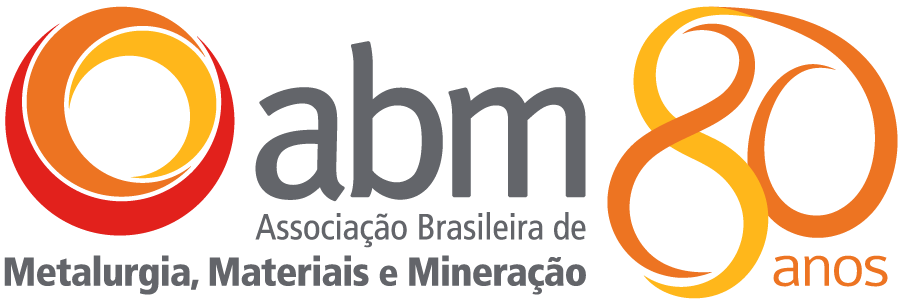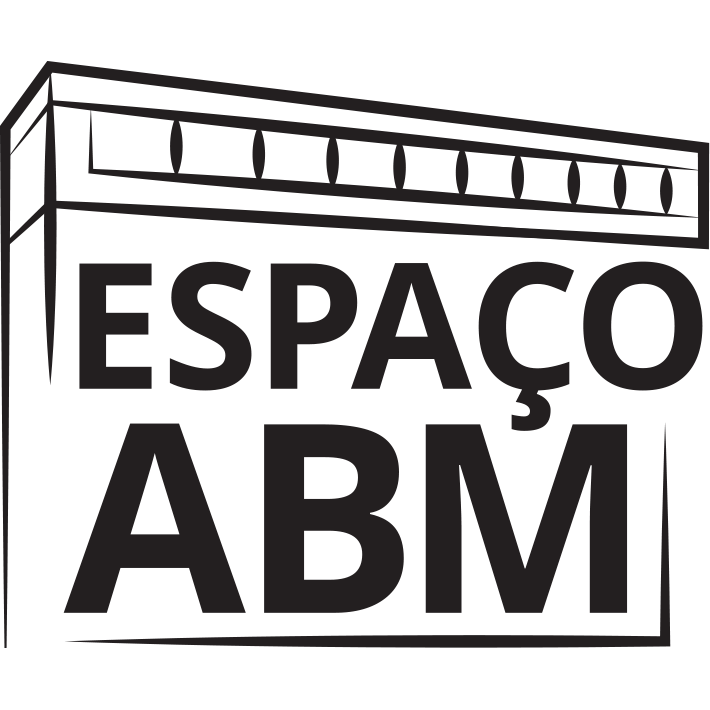Academia and industry leaders discuss the steel construction scenario in Brazil and worldwide

The construction industry has undergone significant changes in recent years, with technological innovations being incorporated by the sector. One of them is the increasing use of steel in infrastructure and building projects. That is why, for the first time, ABM WEEK found room in its program to discuss steel construction.
Held on June 8 during ABM WEEK’s 6th edition, the Panel Steel Construction: Solutions for Infrastructure and Buildings addressed this issue and reviewed different scenarios for steel construction both in Brazil and abroad, including challenges to be overcome, solutions being put into practice, and existing research efforts.
Lecturers pointed out greater productivity, faster execution, improved quality control, and design flexibility and easy adaptation as some of the benefits of this construction model. In addition, they emphasized the more sustainable impact of steel construction, with almost zero waste generation, minor effects on the surroundings of the worksite, and lower greenhouse gas emissions when using high-strength steel, as advocated by researchers. And this is a very important factor when the sector is increasingly seeking to decarbonize.
Split into three segments throughout the day, the event addressed the Brazilian market requirements and competitive solutions proposed both locally and abroad. The debate was also attended by renowned international experts such as Bassam Burgan, director of the United Kingdom’s Steel Construction Institute (SCI); Carlos Rebelo, professor at the University of Coimbra, in Portugal and researcher at the Institute for Sustainability and Innovation in Structural Engineering (ISISE); Luis Simões, director of ISISE and deputy dean at the same university; and Alejandro Wagner, executive director of the Asociación Latinoamericana del Acero (ALACERO).
During the first part of the meeting, mediated by Marino Garofani, CEO of Brafer Construções Metálicas and vice president of the Brazilian Association of Steel Construction (ABCEM), the somewhat complicated steel construction scenario in Brazil was addressed by Professor Ricardo Fakury, from the Federal University of Minas Gerais (UFMG), and Eduardo Zanotti, executive director of the Brazilian Center for Steel Construction (CBCA).
“The overall tax burden on steel structure can be up to 148% higher than that of in-situ concrete structures,” said Zanotti, who also listed the cultural issue, poorly disseminated information on the subject, a wrong view of operating costs, and the lack of skilled personnel and good professional training as some of the challenges faced by the industry.
Zanotti further explored the last two items, showing how this subject remains little explored by educational institutions. “On average, the course load assigned to steel structure is low, about half of that for concrete structures,” he explained. “Even well-educated engineers aren’t ready and prepared for the market when they graduate,” he continued, talking about the unpreparedness of professors to teach this subject and the low amount of training on steel structures companies usually offer. Nevertheless, both lecturers are optimistic about the future of this segment, with Fakury stressing that, unlike until a few years ago, Brazil now has a great deal of quality literature on the subject and a consistent production of new academic papers. Zanotti also spoke about the latest CBCA survey, which showed growth in output and revenue in the steel construction sector.
The second part of the event was dedicated to competitive solutions on the international stage, with Alejandro Wagner bringing data on steel consumption in both Brazil and Latin America in comparison with that of other parts of the world. Despite the consistent rise in recent years in our country and on the continent, the Alacero’s director underlined how much room there is growth in steel construction and the role played by steel in changing the construction industry into a low-carbon economy.
“The Latin America situation is very favorable, with plenty of natural resources and conditions for the implementation of renewable energy and biomass projects.”
Next, researchers Bassam Burgan and Carlos Rebelo, plus Luis Pupin, in charge of ArcelorMittal’s Global R&D Brazil and specialist in the Steligence methodology, presented the various innovations their institutions and companies have been developing to help leverage the steel construction sector. In common in their lectures, the three specialists highlighted the environmental and economic benefits of a more extensive use of steel, in addition to pointing out factors that could enhance this trend, such as improved design and structures, a more efficient use of materials, and standardization for future reuse. Burgan and Rebelo also gave practical examples of work underway at SCI and ISISE, including applications that minimize wear and tear of structures, development of self-erecting wind towers, cleaner energy generation, and others.
The panel’s last part focused on solutions for the domestic market. Tomás Vieira de Lima, director of steel structure at the Brazilian Association of Structural Engineering and Consulting (Abece), introduced the discussion, which counted on the participation of Gustavo Chodraui, senior calculation engineer at CODEME, and Alexandre Jordão, market development specialist at Companhia Brasileira de Metalurgia e Mineração (CBMM). The Abece executive took on the “cultural challenge” mentioned by Eduardo Zanotti and brought up prejudices that steel construction and mixed steel structures still face in Brazil, such as very high cost when erroneously compared with concrete structures without taking the entire project into account and misconceptions, such as the relatively low life of steel structure due to oxidation and structural weakness in case of fire. Chodraui explained how to counterbalance these points by underlining the steel advantages in terms of productivity and smaller environmental impact.
CBMM’S Jordão delivered the last lecture of the day and focused on the use of niobium microalloyed steel, how it favors a greater dematerialization of constructions, and how it is taking the industry to a new level of sustainability. In addition to applications in mobility, energy, and structural components, Jordão highlighted the importance of high-strength alloy steels in supporting the direct and indirect decarbonization in civil construction and why a more practical dematerialization of construction works and projects should take this path. “Rather than just using high-performance materials, the construction industry should also use materials that dematerialize themselves,” he pointed out when closing his lecture and the panel.
The 6th ABM WEEK is hosted by Gerdau and is sponsored by the following companies: Açokorte, Alkegen, Amepa GmbH, Aperam, ArcelorMittal, Atomat Services, AutoForm, BM Group/Polytec,BRC, BR Event Materials ,CBMM, Combustol, Clariant, Danieli, Dassault Systèmes, DME Engenharia, Eirich, Enacom, Engineering, Evonik, Fosbel, GSI, Harsco, Hatch/CISDI, Ibar, Imerys, IMS Messsysteme GmbH, Isra Vision Parsytec, John Cockerill Industry, Kuttner, Metso Outotec, Nalco Water/Ecolab, Nouryon, Primetals Technologies, PSI Metals, Reframax , RHI Magnesita, Saint-Gobain, SMS Group Paul Wurth/ Vetta, Spraying Systems, Suez, SunCoke, Tecnosulfur, Ternium, Timken, Thermo Fischer, TopSolid, TRB, Unimetal, Usiminas, Vale, Vamtec, Vesuvius, Villares Metals, Wallonia.be (ADI – Industrial Services, John Cockerill Hydrogen, BorderSystem, Datanet International, Synthetis e PEPITe), White Martins, e Yellow Solution.Special support: CNPq. Institutional support: Abal, Abendi, Abifa, AIST, AIST Mena, Alacero, CBCA, Ibram, Icz, Instituto Aço Brasil, CIMM, Ind4.0.


















Deixe seu comentário